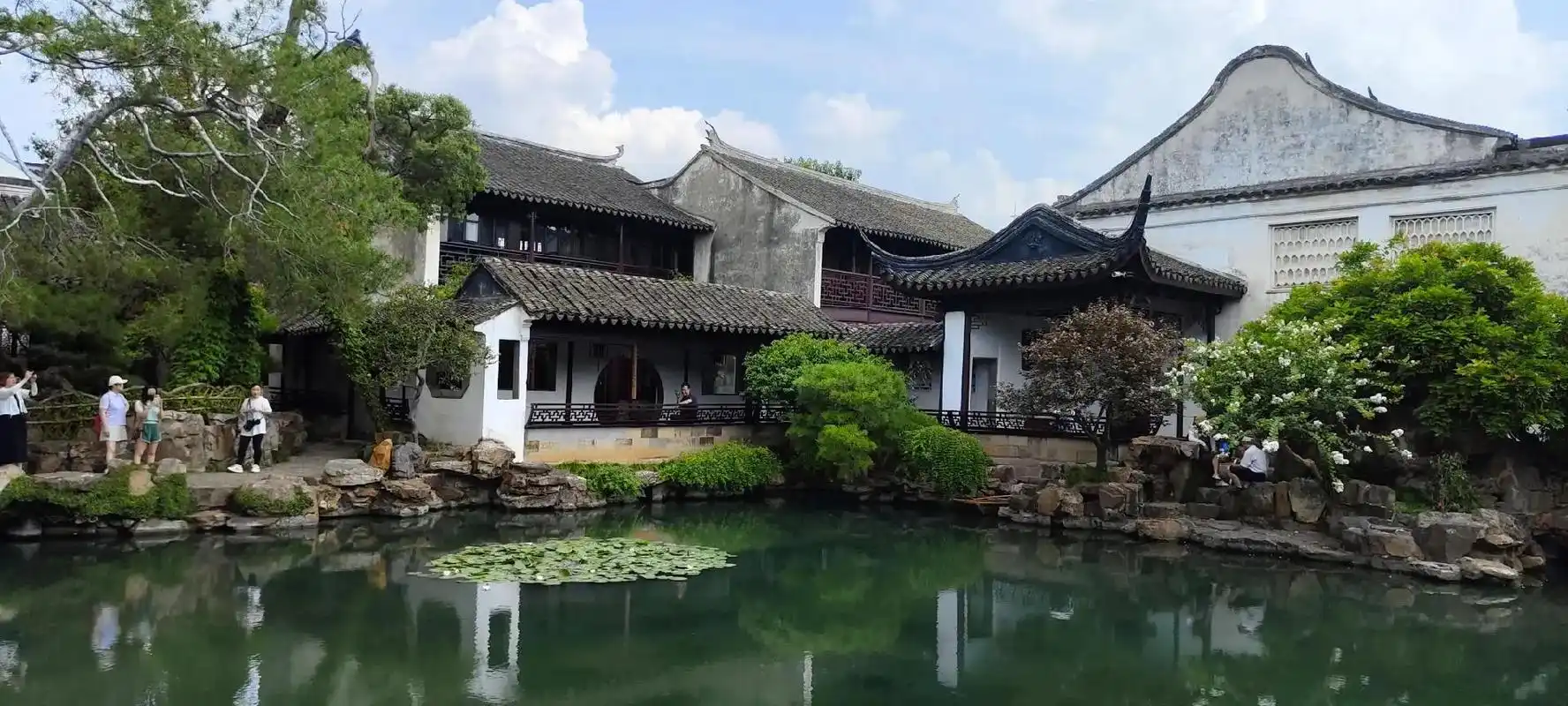
Suzhou Gardens are outstanding representatives of Chinese classical gardens, renowned worldwide for their exquisite gardening techniques, unique artistic style, and profound cultural heritage. Suzhou has long been known as the "City of Gardens" and currently has over 60 well-preserved classical gardens, with 9 of them inscribed on the UNESCO World Heritage List.
The history of Suzhou Gardens dates back to 514 BC when the state of Wu established its capital in Gusu (now Suzhou). They took shape during the Five Dynasties period, matured in the Song Dynasty, and flourished during the Ming and Qing Dynasties. By the late Qing Dynasty, Suzhou had more than 170 gardens of various types. Currently, over 60 are well-preserved, with 19 open to the public, including major ones like Canglang Pavilion, Lion Grove Garden, Humble Administrator's Garden, Lingering Garden, Master of Nets Garden, and Yi Garden.
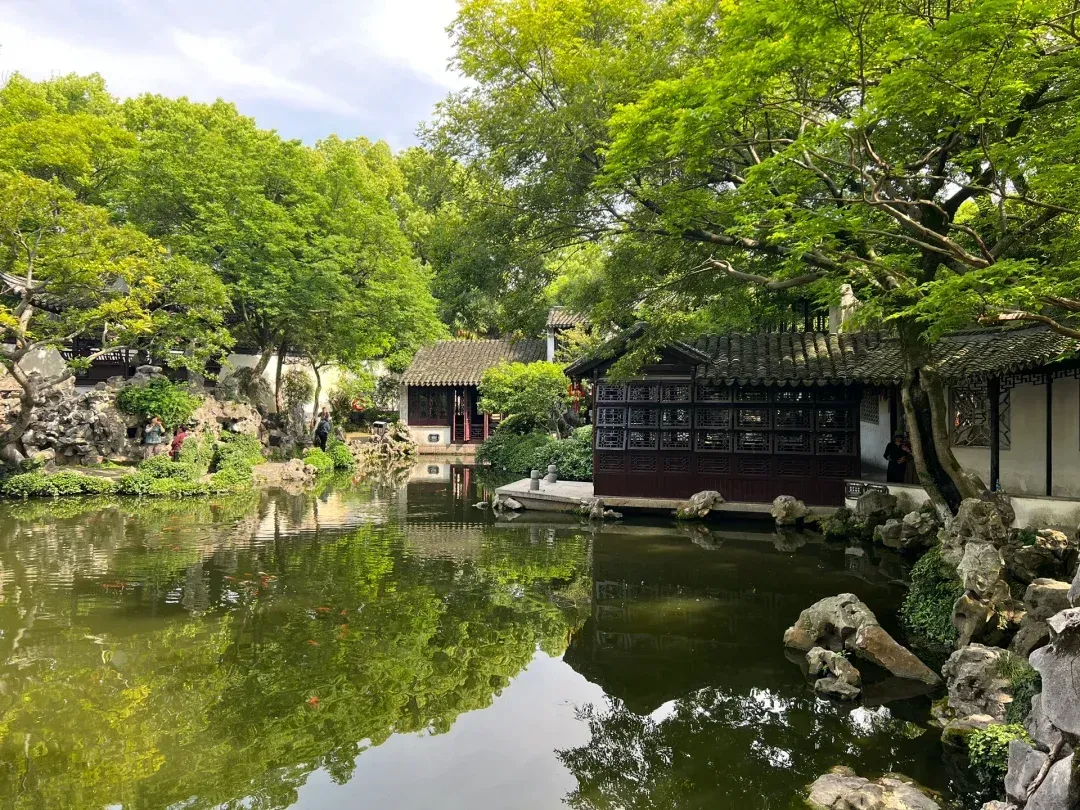
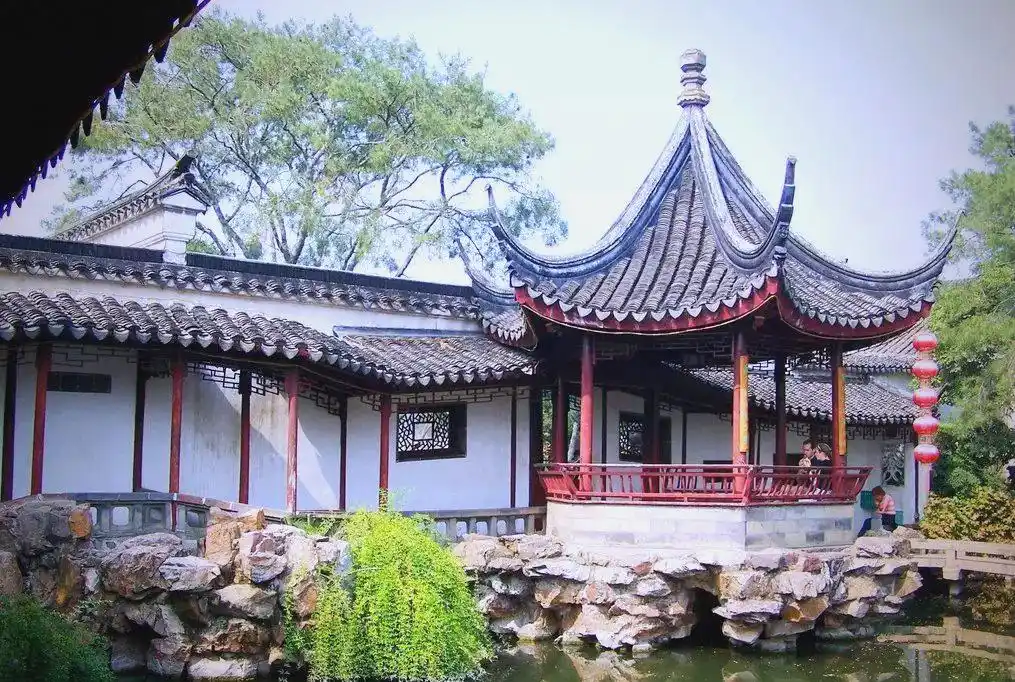
Suzhou Gardens follow the gardening principle of "Though made by human hands, they appear as if created by nature." Within limited space, they simulate natural landscapes by arranging hills, water features, plants, and garden architecture. Various gardening techniques are employed to combine pavilions, terraces, towers, pavilions, springs, rocks, flowers, and trees, creating ideal spaces that blend urban life with natural beauty.
In December 1997, the Humble Administrator's Garden, Lingering Garden, Master of Nets Garden, and Huanxiu Mountain Villa were listed as World Cultural Heritage sites as representatives of Suzhou classical gardens. In November 2000, Canglang Pavilion, Lion Grove Garden, Couple's Garden Retreat, Garden of Cultivation, and Retreat & Reflection Garden were also added to the World Heritage List as extensions. These gardens collectively embody the artistic achievements of Chinese classical gardens and represent the pinnacle of gardening art in Eastern civilization.
Suzhou is home to numerous gardens, each with its own distinctive features. Among them, the Humble Administrator's Garden, Lingering Garden, Lion Grove Garden, and Canglang Pavilion are known as Suzhou's "Four Great Gardens" and have earned Suzhou the reputation of "Jiangnan gardens being the best in the world, and Suzhou gardens being the best in Jiangnan."
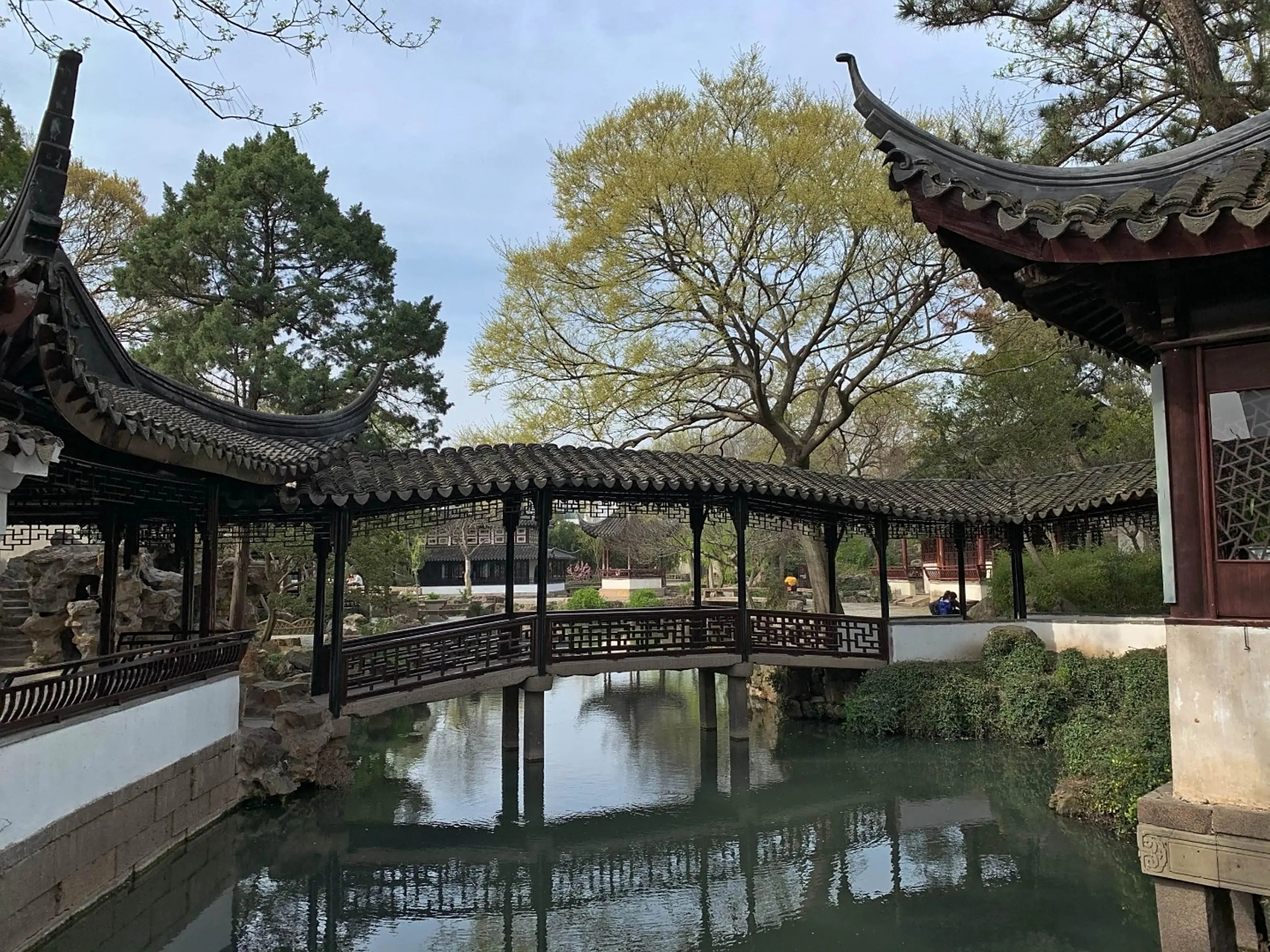
Built in 1509 during the Ming Dynasty's Zhengde era, it is a representative work of classical Jiangnan gardens and is regarded as one of China's Four Great Gardens along with the Summer Palace in Beijing, Chengde Mountain Resort, and Lingering Garden in Suzhou.
Built in 1593 during the Ming Dynasty's Wanli era, it was called "Hanbi Villa" during the Qing Dynasty, commonly known as "Liu Garden," later renamed "Lingering Garden." It is renowned for its exquisite architectural art and magnificent halls.
Built in 1342 during the Yuan Dynasty's Zhizheng era, it is one of the representative private classical garden buildings in China. It got its name because "there are ten thousand bamboos in the forest, and many strange rocks under the bamboo that resemble suanni (lions)."
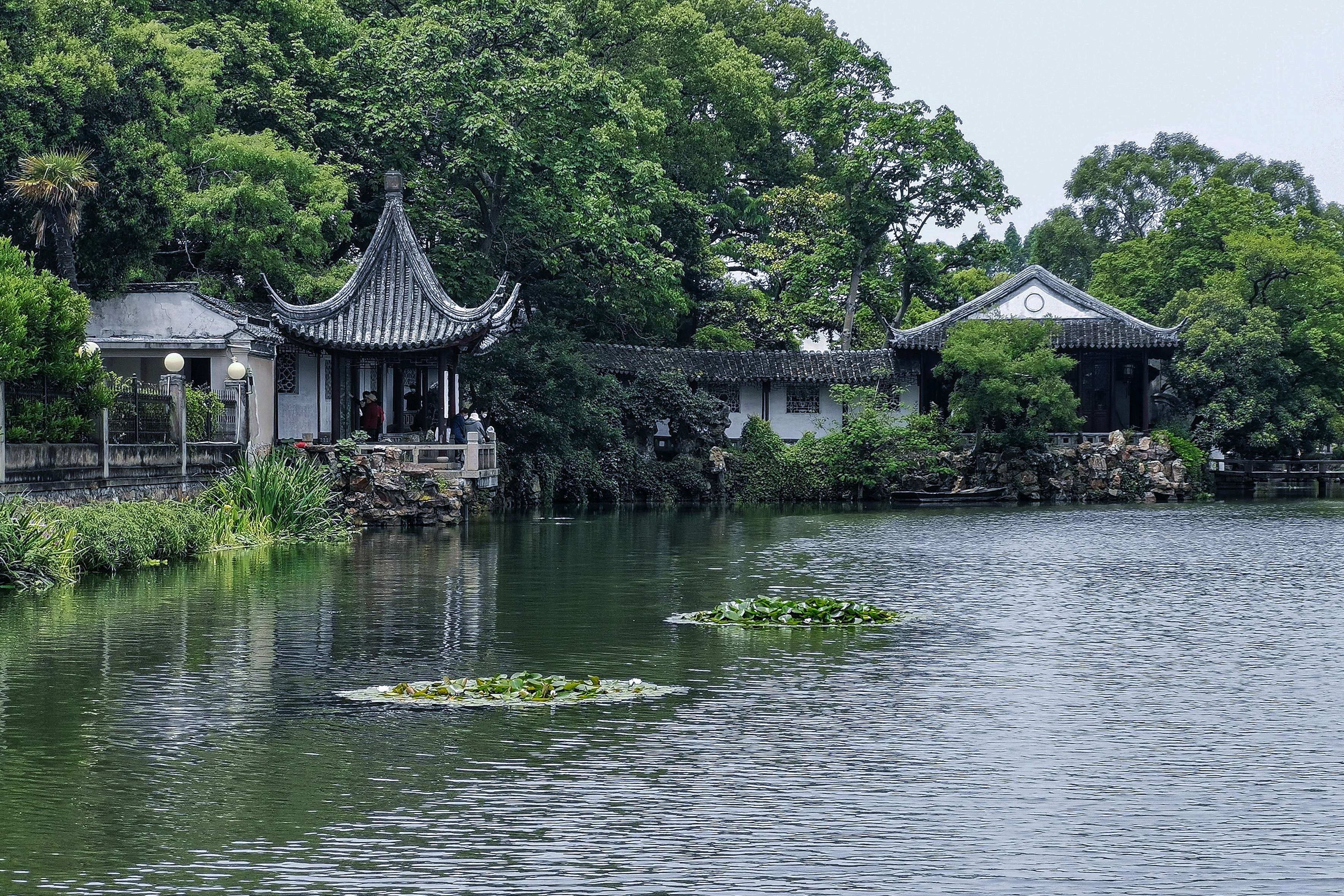
Built in 1045 during the Northern Song Dynasty's Qingli era, it is the oldest existing garden in Suzhou. Together with Lion Grove Garden, Humble Administrator's Garden, and Lingering Garden, it is listed as one of Suzhou's Four Great Gardens representing the Song, Yuan, Ming, and Qing Dynasties.
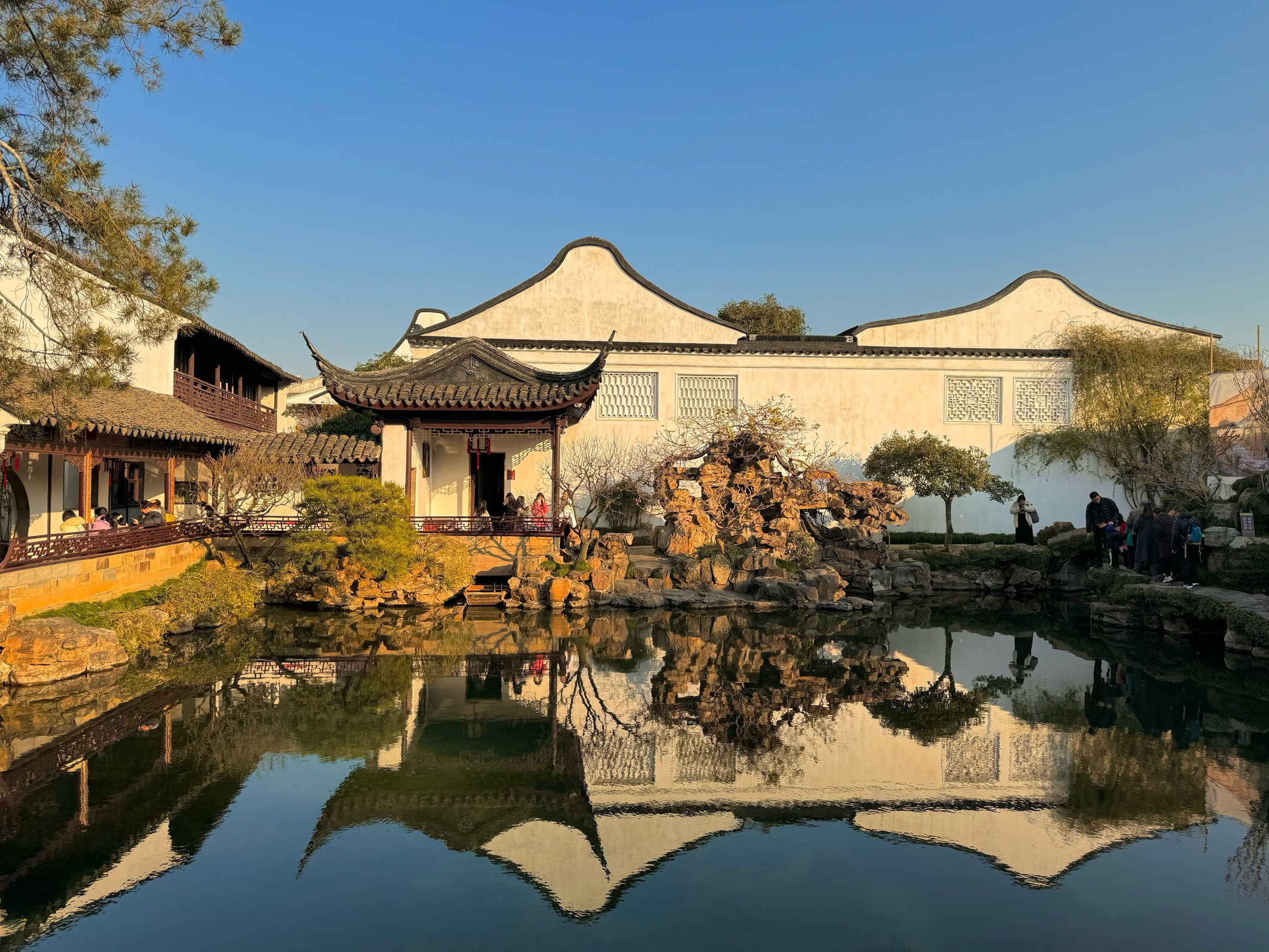
Built during the Southern Song Dynasty (1127-1279), it was the former site of the "Ten Thousand Scroll Hall" of Shi Zhengzhi, a scholar from Yangzhou who served as a minister during the Song Dynasty. The garden was named "Fisherman's Retreat."
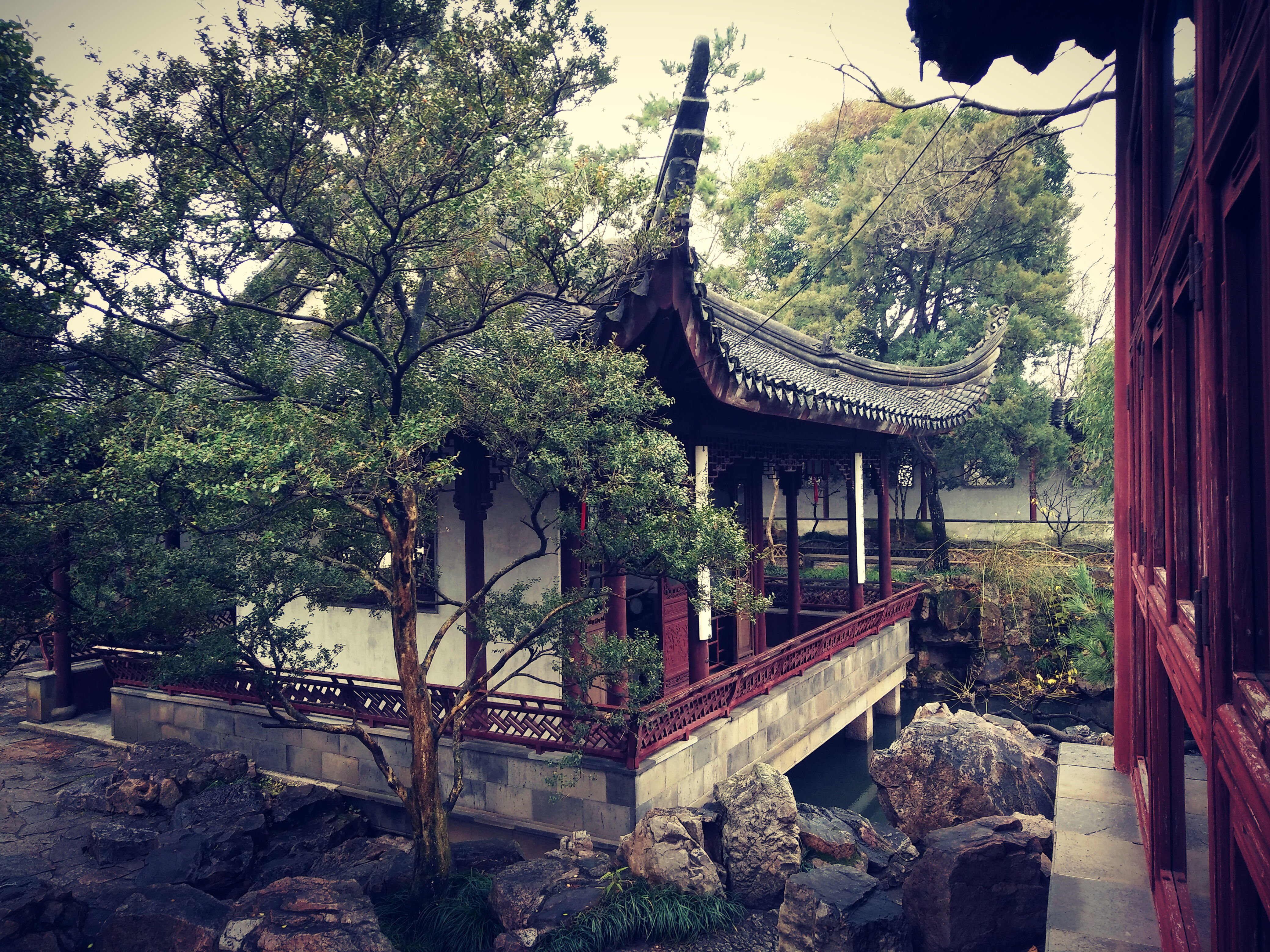
Built in the early Qing Dynasty, it was renamed "Couple's Garden Retreat" ("Ou Yuan") in the late Qing Dynasty. "Ou" is homophonous with "Ou" (couple) in Chinese, symbolizing a couple retiring together. The yellow stone rockery is a distinctive feature of this garden.
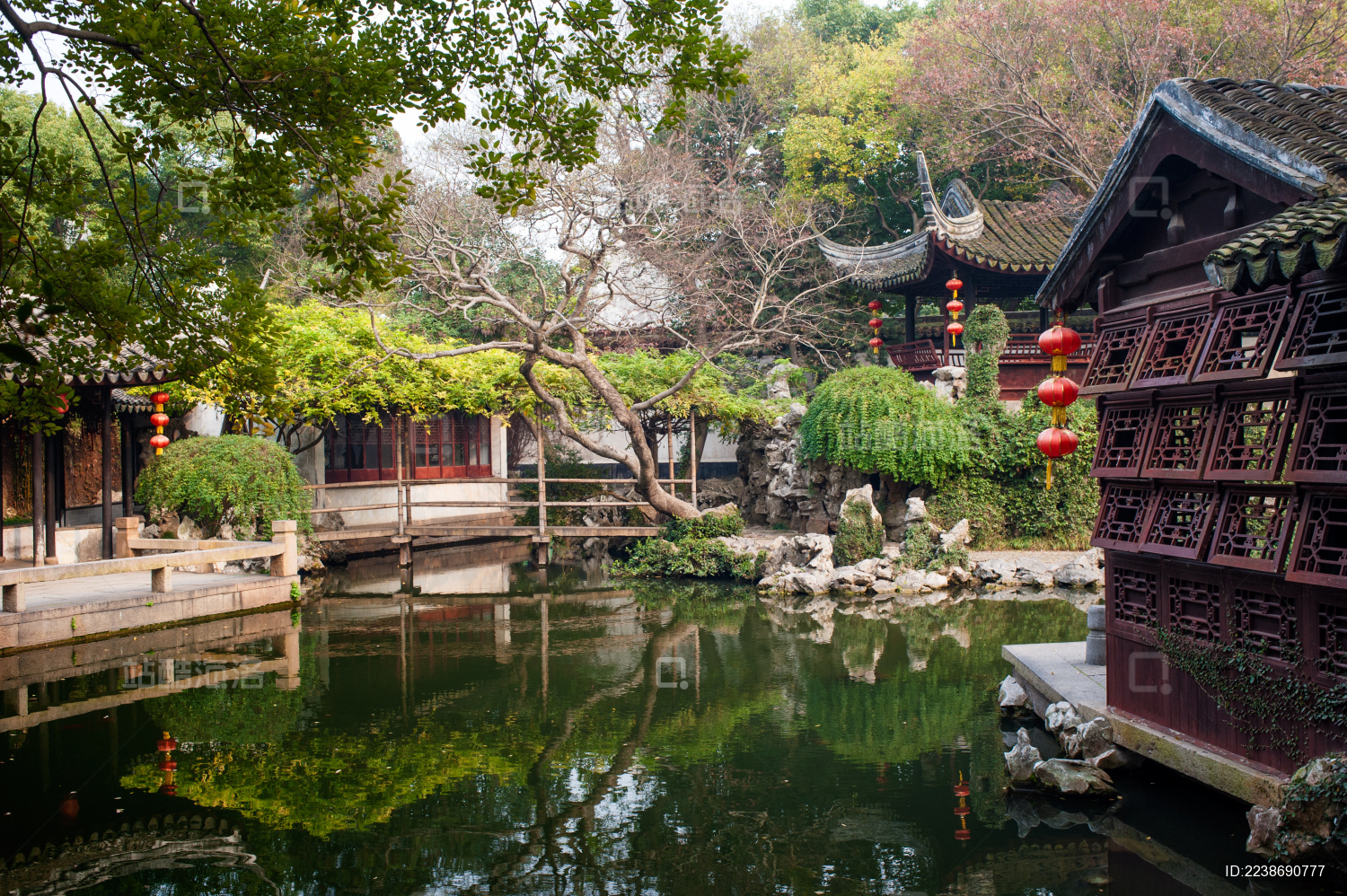
Built from 1885 to 1887 during the Guangxu era of the Qing Dynasty, the garden owner named it "Retreat & Reflection" ("Tui Si") after being demoted and returning home, implying "to reflect on one's mistakes while in retirement."
Suzhou Gardens are not just artistic physical spaces but also carriers of traditional Chinese culture, embodying the integration of Confucian, Daoist, and Buddhist philosophical ideas:
"A single peak represents a thousand fathoms of Taishan Mountain, a single spoonful represents ten thousand miles of rivers and lakes"
—— Li Yu, Qing Dynasty garden designer, reflecting the spatial concept of "seeing the great in the small" in gardens
Every scenic element in the garden contains profound cultural symbolism. For example, pine and cypress symbolize resilience, lotus symbolizes purity, and plum, orchid, bamboo, and chrysanthemum represent the character of a gentleman. Inscriptions, couplets, and carved stone inscriptions directly quote poems and allusions, making the garden a "three-dimensional painting and silent poetry."
| Humble Administrator's Garden | 07:30-17:30 (April-October) |
| Lingering Garden | 07:30-17:00 (April-October) |
| Lion Grove Garden | 07:30-17:30 (April-October) |
| Canglang Pavilion | 07:30-17:30 (April-October) |
| Winter (November-March) | All gardens close 30 minutes earlier |
| Humble Administrator's Garden | 90 yuan (peak season), 70 yuan (off-season) |
| Lingering Garden | 55 yuan (peak season), 45 yuan (off-season) |
| Lion Grove Garden | 40 yuan (peak season), 30 yuan (off-season) |
| Canglang Pavilion | 20 yuan (peak season), 15 yuan (off-season) |
| Combined Garden Ticket | 190 yuan (includes the Four Great Gardens) |
World Cultural Heritage (inscribed in 1997)
9 sites including Humble Administrator's Garden, Lingering Garden, Lion Grove Garden
Originated in Spring and Autumn Period, flourished in Ming and Qing Dynasties
Integration of residence and garden, emphasis on water features, abundance of flowers and trees
The pinnacle representative of Chinese classical garden art
Pingjiang Road, Shantang Street, Suzhou Museum
0512-67531741
Perfect for visiting gardens, with comfortable temperature and gentle breeze
Canglang Pavilion (built in 1045 during Northern Song Dynasty)
Humble Administrator's Garden (approximately 5.2 hectares)
Lion Grove Garden (Yuan Dynasty rockery complex)
Master of Nets Garden (only 0.8 hectares)
Retreat & Reflection Garden (built close to water)